Ignition Control Modules (ICMs) act as switches that activate or deactivate the ignition system. A sensor inside the distributor transmits a signal to the ICM. Spark plugs are ignited by this signal, which triggers the ignition coil. In order to ensure your automotive car runs smoothly, you should know how to test ignition control module with multimeter. For checking ignition control modules, use the correct digital multimeter.
What is an Ignition Control Module (ICM)?
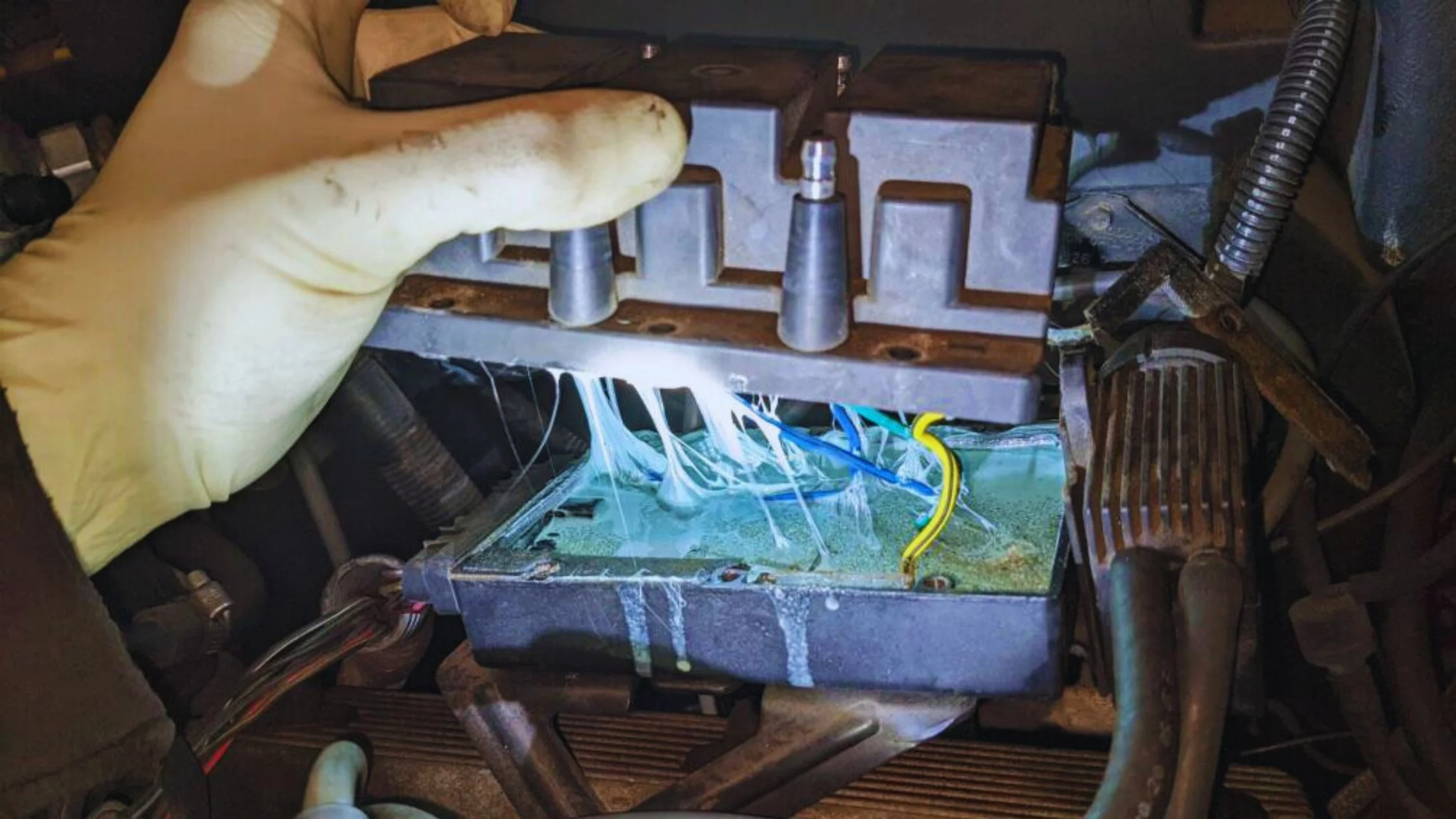
Before delving into the testing process, it’s essential to understand what an ignition control module is and its function in your vehicle’s ignition system. The ICM is an electronic component that works with the ignition coil to generate and distribute sparks to the spark plugs, ultimately igniting the air-fuel mixture in the engine cylinders. This controlled ignition is critical for your engine to start and run efficiently.
Why is it Important to Test your ICM?
Testing your ignition control module is essential for several reasons:
- Cost Savings: Replacing the ICM without confirming it’s a problem can be costly and unnecessary. Testing ensures you only replace the faulty component.
- Avoiding Stranded Situations: A failed ICM can leave you stranded, which can be inconvenient and potentially dangerous. Testing can help you identify issues before they become critical.
- Maintaining Vehicle Performance: A well-functioning ignition system is crucial for overall performance and fuel efficiency. Testing and addressing ICM issues can help maintain optimal performance.
Common Causes of ICM Failure
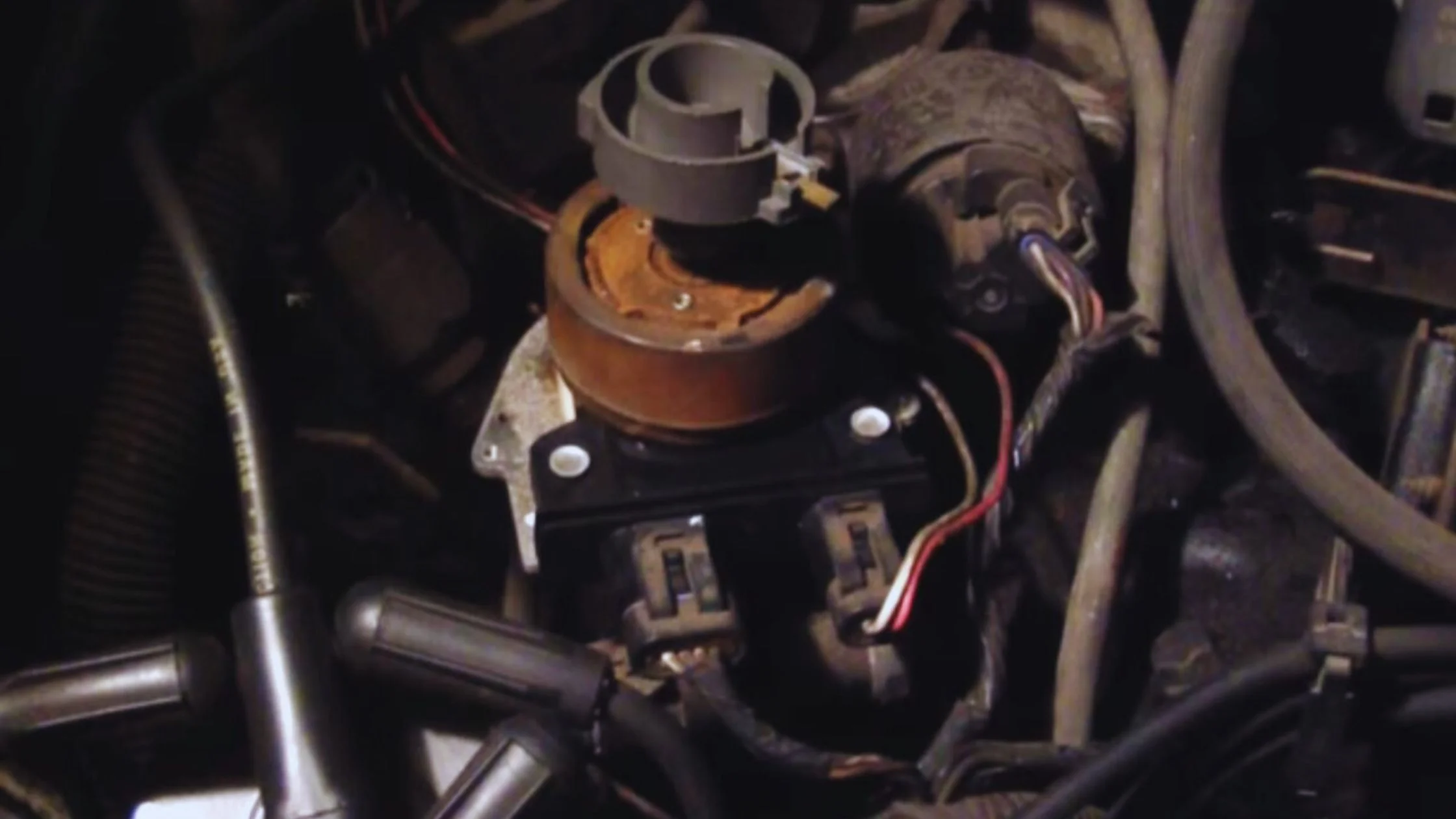
Understanding the common causes of ignition control module (ICM) failure can help you take preventative measures and maintain the longevity of this critical component. Some of the typical reasons for ICM failure include:
1. Heat Exposure:
ICMs are often exposed to high temperatures due to their location near the engine. Over time, this exposure can lead to overheating and damage to the module. To mitigate this, ensure that your vehicle’s cooling system is functioning correctly, and consider adding additional heat shielding around the ICM.
2. Electrical Surges:
Voltage spikes or electrical surges can damage sensitive electronic components like the ICM. To protect against surges, consider installing surge protectors or voltage regulators in your vehicle’s electrical system.
3. General Wear and Tear:
Like any electronic component, ICMs can degrade over time due to normal wear and tear. Regular maintenance and inspections can help identify early signs of wear and allow for timely replacement.
4. Moisture and Corrosion:
Exposure to moisture and corrosion can corrode the connectors and circuits within the ICM. Proper sealing and maintenance of connectors can help prevent moisture-related damage.
5. Faulty Wiring or Grounds:
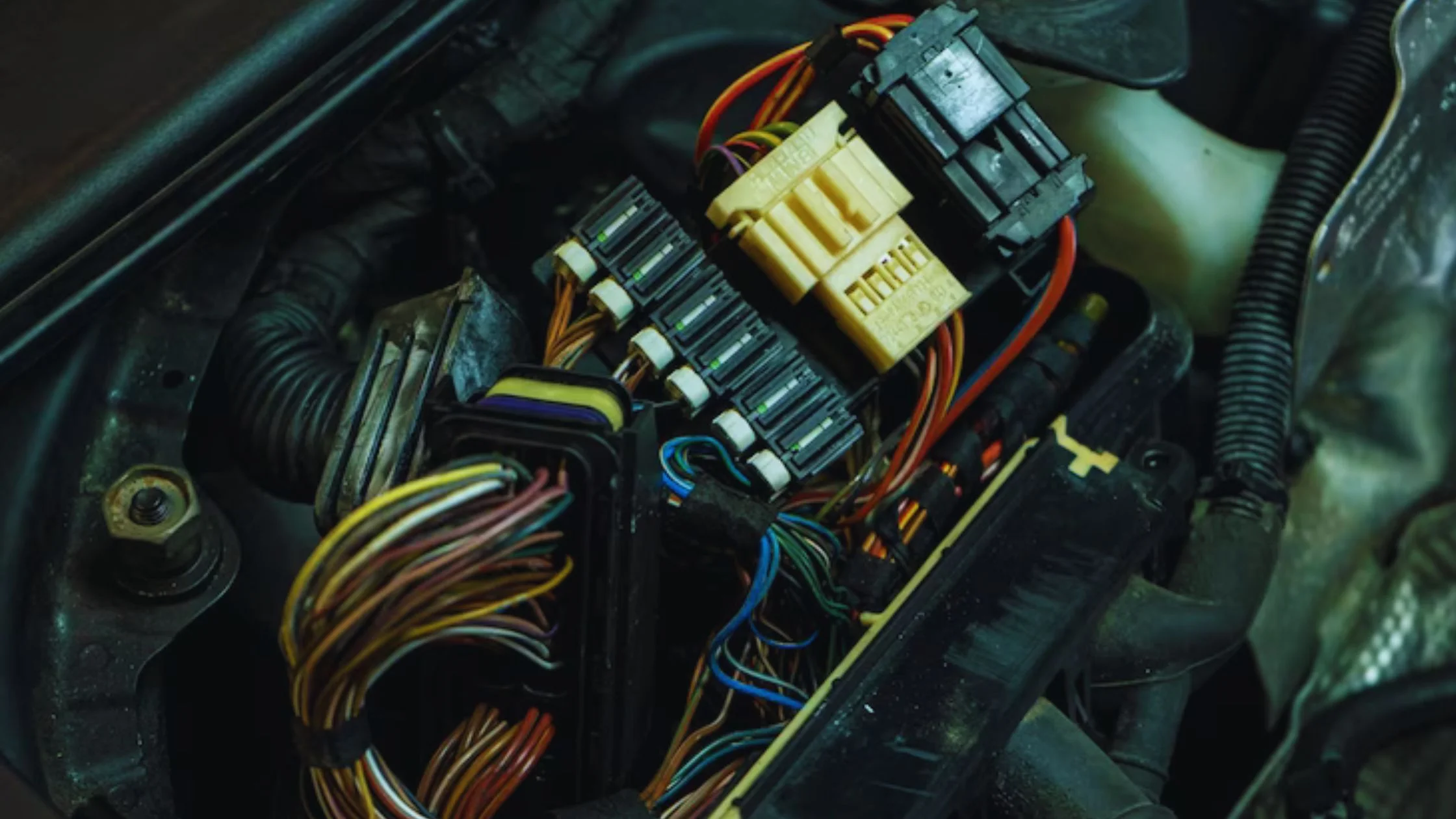
Problems with the wiring or grounds in the ignition system can cause excessive stress on the ICM and lead to failure. Regularly inspect and maintain your vehicle’s wiring and grounding connections.
How To Test Ignition Control Module with Multimeter | Step By Step Guide
So, how to test ignition control module with multimeter? Testing your ignition control module with a multimeter is a straightforward process. Here are the steps to follow:
Step 1: Gather your tools and materials
Before you begin testing, make sure you have the following tools and materials on hand:
- Multimeter
- Wire piercing probes (optional)
- Electrical tape
Step 2: Locate the ICM

The ICM is typically located on the distributor or near the ignition coils. To find the exact location, consult your vehicle’s repair manual for specific instructions.
Step 3: Test the ICM’s power supply
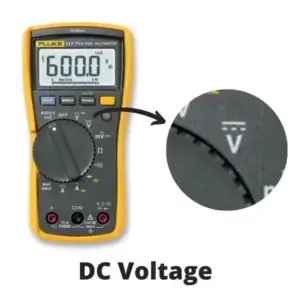
- Set the multimeter to DC voltage (VDC).
- Connect the red lead of the multimeter to the positive terminal of the ICM.
- Connect the black lead of the multimeter to a good ground.
- Turn the ignition to the “ON” position.
- The multimeter should read 12 volts.
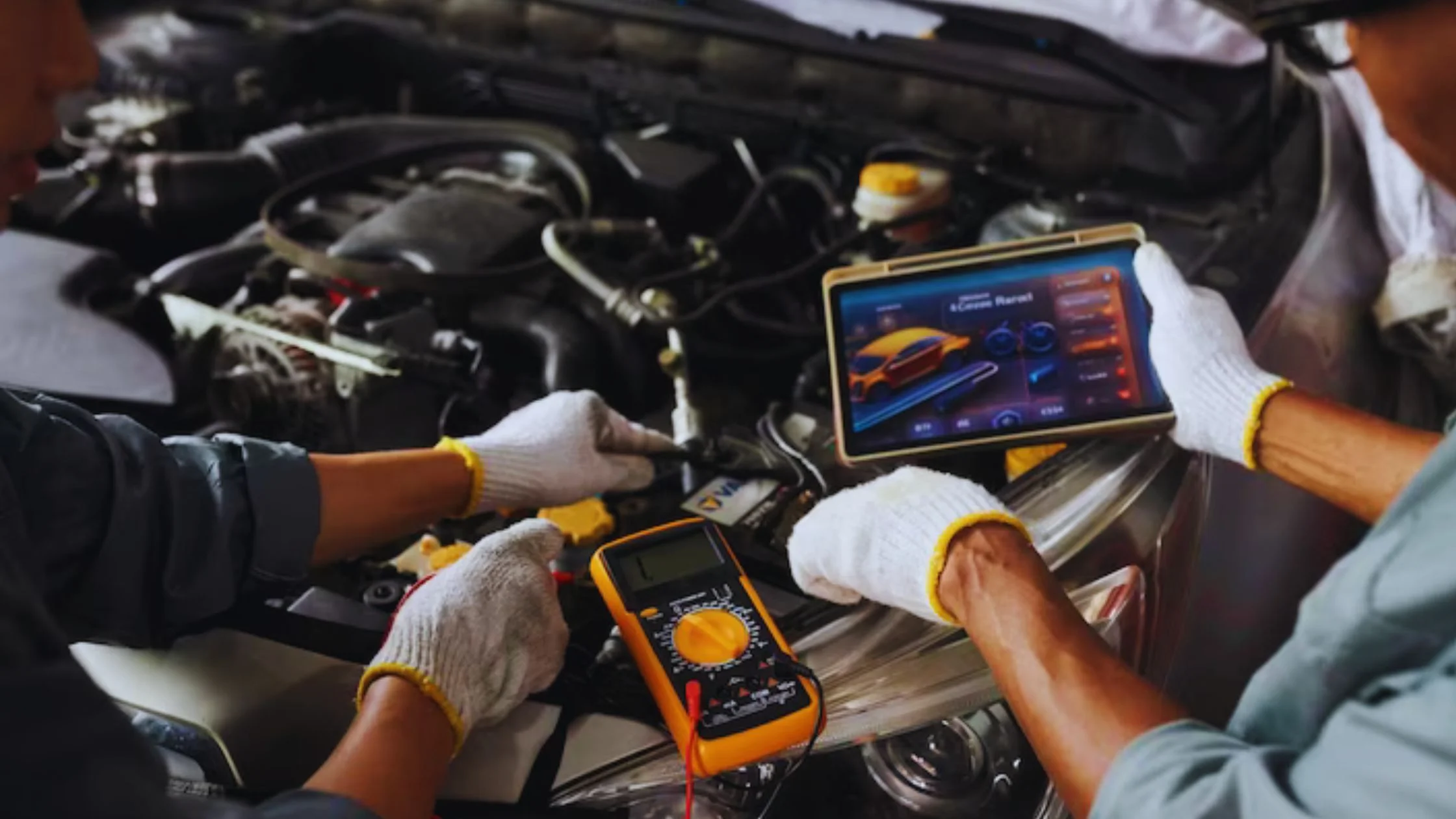
If the multimeter reads less than 12 volts, there is a problem with the ICM’s power supply.
Step 4: Test the ICM’s Signal to the ignition coil
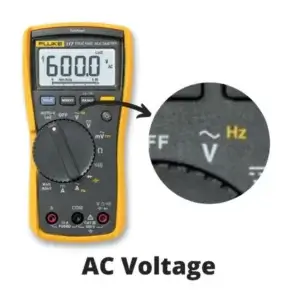
- Set the multimeter to AC voltage (VAC).
- Connect the red lead of the multimeter to the output terminal of the ICM.
- Connect the black lead of the multimeter to a good ground.
- Have a helper crank the engine while you watch the multimeter.
- The multimeter should read a voltage of at least 50 volts.
If the multimeter reads less than 50 volts, there is a problem with the ICM’s Signal to the ignition coil.
Step 5: Test the ICM’s primary resistance
- Set the multimeter to ohms (Ω).
- Disconnect the ignition coil from the ICM.
- Touch the red lead of the multimeter to the positive terminal of the ignition coil.
- Touch the black lead of the multimeter to the negative terminal of the ignition coil.
- The multimeter should read a resistance of between 0.5 and 1.5 ohms.
If the multimeter reads less than 0.5 ohms or more than 1.5 ohms, the ignition coil is defective.
Step 6: Test the ICM’s secondary resistance
- Set the multimeter to ohms (Ω).
- Disconnect the spark plug wire from the ignition coil.
- Touch the red lead of the multimeter to the center terminal of the spark plug wire.
- Touch the black lead of the multimeter to the metal body of the spark plug.
- The multimeter should read a resistance of between 7,000 and 10,000 ohms.
If the multimeter reads less than 7,000 ohms or more than 10,000 ohms, the spark plug wire is defective.
How To Test the ICM with a Test Light?

In addition to using a multimeter, another effective method for testing the ignition control module (ICM) is using a test light. A test light is a simple yet valuable tool that can help you determine if power is reaching specific points in the ignition system. Here’s how to test the ICM with a test light:
Prepare Your Tools:
Before you begin, have a test light ready. A test light typically consists of a bulb and a probe with a grounding clamp.
Just as you would when using a multimeter, start by locating the ICM in your vehicle. It’s usually found on the distributor or near the ignition coils. Consult your vehicle’s repair manual for precise guidance.
Testing the Power Supply:
To check the ICM’s power supply, follow these steps:
- Connect the grounding clamp of the test light to a clean and sturdy ground source. You can use an engine bolt or the vehicle’s chassis.
- Turn the ignition key to the “ON” position without starting the engine.
- Touch the probe end of the test light to the positive terminal of the ICM.
- If the test light illuminates, it indicates that power is reaching the ICM. If there’s no illumination, there may be an issue with the power supply to the ICM.
Testing the Signal to the Ignition Coil:
To test the ICM’s Signal to the ignition coil, proceed as follows:
- Leave the grounding clamp connected to the same ground source.
- With the ignition key still in the “ON” position, touch the probe end of the test light to the output terminal of the ICM.
- Have a helper crank the engine while you observe the test light.
- If the test light flashes or blinks while the engine is cranking, it indicates that the ICM is sending a signal to the ignition coil. If there’s no flashing, the Signal may be absent, suggesting a problem with the ICM.
Using a test light can be particularly helpful for quickly checking the presence of power and signals in the ignition system. However, it may not provide as precise voltage or resistance measurements as a multimeter.
How To Test the ICM with a Scan Tool?
For more advanced diagnostics and a comprehensive view of your vehicle’s ignition system, a scan tool is a valuable instrument. Modern vehicles often have onboard computer systems that can provide detailed data and error codes related to the ICM and other components. Here’s how to test the ICM with a scan tool:
- Acquire a Scan Tool: First, you’ll need a compatible scan tool. These tools vary in complexity and features, so choose one that suits your needs and your vehicle’s requirements.
- Locate the OBD-II Port: Most vehicles manufactured after 1996 have an OBD-II (Onboard Diagnostics II) port, typically located under the dashboard near the driver’s seat. Plug your scan tool into this port.
- Turn on the Ignition: With the scan tool connected, turn the vehicle’s ignition key to the “ON” position without starting the engine. The scan tool will power on and connect to your vehicle’s computer.
- Access the Diagnostic Menu: Navigate through the scan tool’s menu to access the diagnostic functions related to the ignition system. These functions can vary depending on your specific scan tool.
- Perform Tests: Use the scan tool to perform tests related to the ICM. This may include checking for error codes, monitoring sensor readings, and running system tests.
- Interpret Results: The scan tool will provide information about the ICM’s performance, including any error codes or issues detected. Refer to the scan tool’s user manual or online resources to interpret the results accurately.
Using a scan tool offers a more comprehensive view of your vehicle’s electronics, making it easier to pinpoint issues within the ignition system. It’s especially useful for modern vehicles with advanced computer-controlled systems.
Conclusion
Testing your ignition control module with a multimeter is a valuable diagnostic step to help you identify and address potential ignition system issues. If you have tested all of the components in your ignition system and everything is working properly, but you are still experiencing ignition problems, then the ICM is most likely defective.
If you are unsure of how to test your ICM or if you suspect that it is defective, it is best to consult with a qualified mechanic. They have the experience and tools to diagnose and repair ignition system problems accurately. I hope now you know “how to test ignition control module with multimeter?”
